What you need to know before you begin
Before any crew arrives on the job site with shovels and wrenches, many pre-construction issues need to be addressed. The 5 Ps of playground construction — Prior Planning Prevents Poor Performance — will help uncover potential installations issues that cause delays and cost money. Poor communication between the customer, the sales representative, the construction manager, or the manufacturer and the installer can result in frustration, arguments, and possibly finger pointing. The best way to solve problems is to eliminate them before they happen.
The overall scope of work must be addressed item by item. Coordination and communication between the owner, contractor, and play equipment sales firm is essential to a successful playground construction project. Begin with a pre-construction meeting. This meeting should include architects, owners, representatives, play equipment representatives, and any contractors involved in the project.
- Check all documentation to be sure it all coincides. Do the use zones, elevations, and equipment placements all work ok? Do all contractors understand their scope of work? Do they need to address any issues with each other? For instance, the owner has purchased 12” of engineered wood fiber. The supplier has ordered 12” of wood surfacing. If the excavator excavates too low — say 14” — then the surfacing will be low. Another example in this need for clear communication is this: many builders are used to outside dimensions of an area to determine length and width. In the playground world use zones are determined by the use of inside measurements.
- Coordination and communication at the pre-construction meeting can solve many issues before they become problems that cause anxiety, cost money, or delay completion of the project.
- Analyze the playground area for slope issues. The exterior of the play area should have minimum slope, while the inside of the playground may have a one to two percent slope to accommodate drainage. Excessively sloped areas will cause installation problems, as one end of the structure will be too high and the other end too low. Some minimum and maximum slope can be accommodated for, in minimum and maximum slide heights, and overhead event heights. A level site is crucial to maintaining proper heights of slides, transfer stations, overhead events, decks, and other components. Some playground equipment can be specifically designed for sloped areas to accommodate ramped entrance ways and to add intrinsic interest, for example; the architect and manufacturer’s sales representative will know this.
- Determine if the playground drainage should be installed before the installation of the play equipment is complete. Be sure the drainage does not interfere with the placement of footings for the play equipment. Drainage issues may require the approval of an engineer. Most playground surfacing requires that water is directed away from the fall-absorbing material.
- Make sure utilities and sprinklers are marked before any crews arrive. The utility companies must be called and scheduled to mark telephones, electrical, cable, gas and water lines. Work with the property owner to locate sprinkler pipes. The marking of utilities is usually a free service offered by local utility companies. This simple procedure can save thousands of dollars in repair costs — so don’t risk it. Always have utilities marked prior to digging.
- Discuss the delivery and immediate installations of the playground surfacing. For safety and liability reasons, playground surfacing should be placed under and around the playground equipment immediately after the installation is complete.
- There are many smaller details that can be addressed at the pre-construction meeting. Questions such as Where will the construction crew put the dirt they dig up from the playground footings? Is there water and electricity available at the job site? Where will the playground packing materials be disposed of? Where will construction crews utilize toilets? How will the construction site be secured against any curious children or vandals? Who will unload the playground equipment and where will it be stored from theft and weather? These questions and any other construction participant’s questions should all have clear and concise directions that each person in the meeting understands completely.


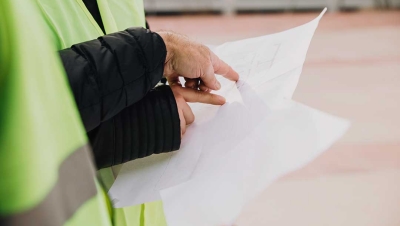

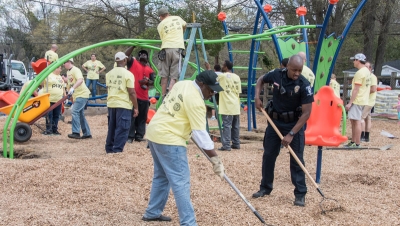


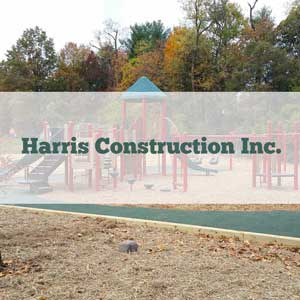
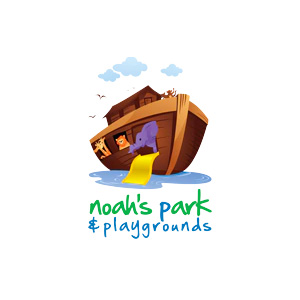

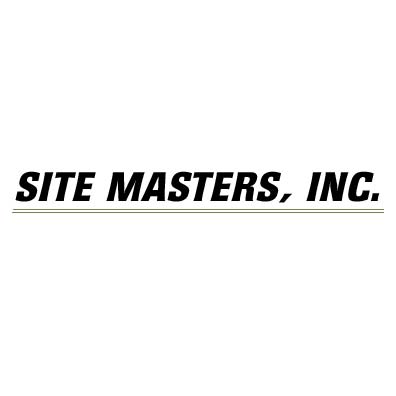
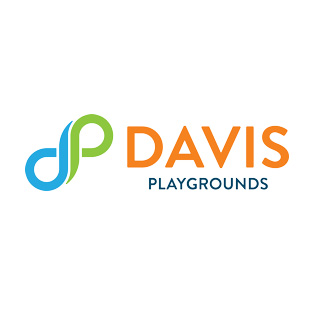

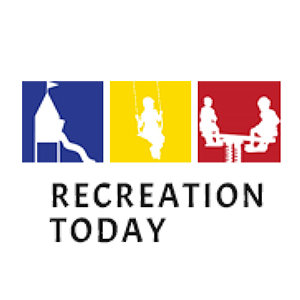

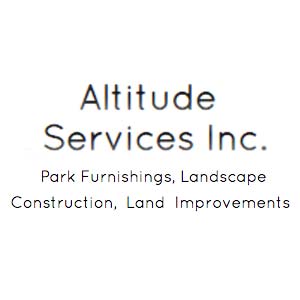
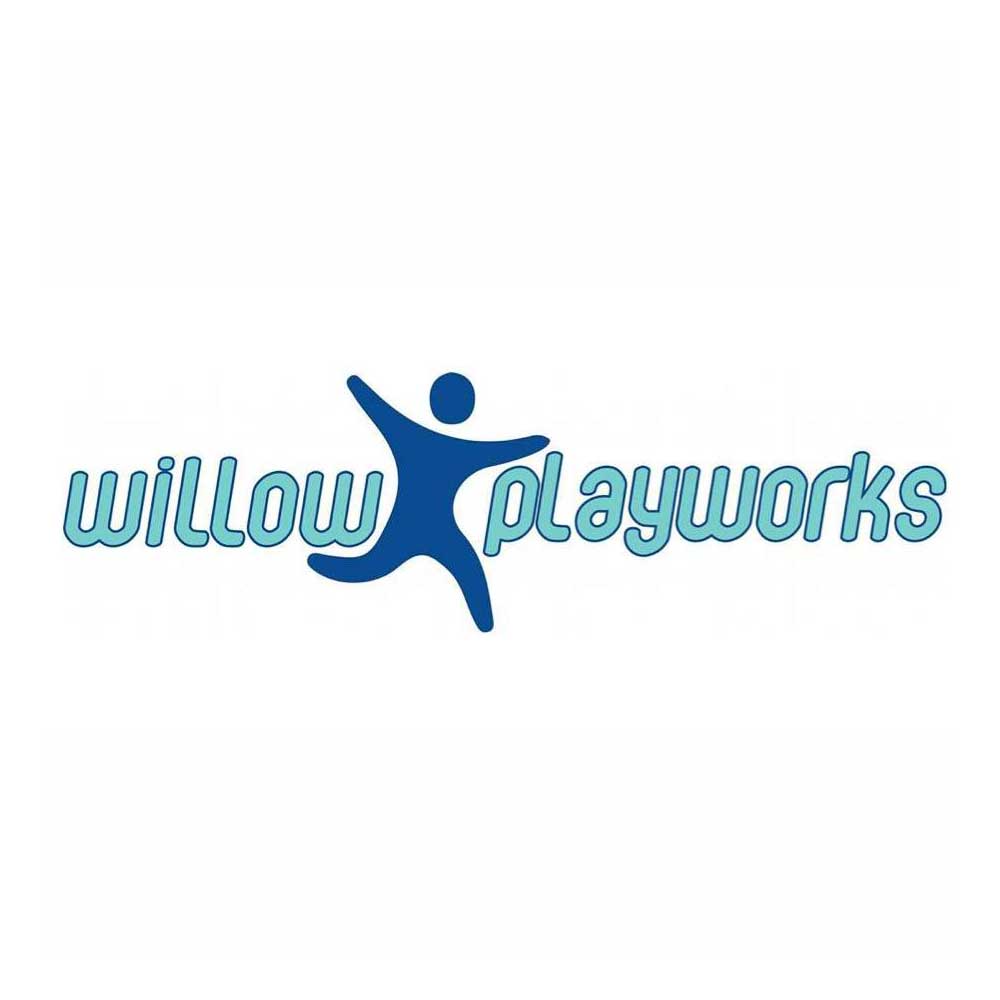
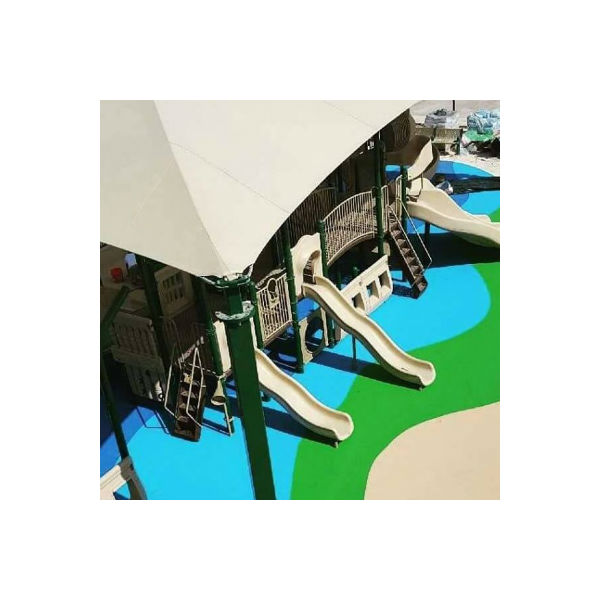
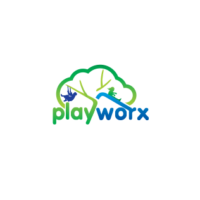
Add new comment